| 4 Sobhanbagh, Mirpur Road, Dhaka.Bangladesh. |
| Established: 1961 |
| Saturday | 9:00 AM-5:00 PM |
| Sunday | 9:00 AM-5:00 PM |
| Monday | 9:00 AM-5:00 PM |
| Tuesday | 9:00 AM-5:00 PM |
| Wednesday | 9:00 AM-5:00 PM |
| Thursday | 9:00 AM-5:00 PM |
| Friday | Closed |
The origin of what today is known as the Bangladesh Institute of Management (BIM) can be traced back to 1961 when its precursor, the Management Development Centre, East Pakistan, was established. It is the outcome of a tripartite project known as "East Pakistan Management Development, Supervisory and Instructor Training Centre". To establish this project, a plan of operation was signed by the then Government of Pakistan, the United Nations and ILO in 1960. The project came into being on 1.1.1961 under the administrative control of the Ministry of Health, Labour and Social Welfare (Labour and Social Welfare Division) of the then Central Government of Pakistan which was subsequently transferred to the Provincial Government of East Pakistan in December 1963. In 1970 the East Pakistan Government Educational and Training Institutions Ordinance, 1961 (East Pakistan Ordinance No. XXVI of 1961) was made applicable for Management Development Centre with effect from 1-7-1970 thereby providing the centre with autonomous status. In 1966 apart from offering short term, subject specific training programmes, a specialized, year long Post Graduate Diploma in Personnel Management was introduced by the Centre. After the liberation of the country in 1971, the institute was vested with the responsibility of building up human resources of the newly independent country. Between 1972 - 75, the public sector was the predominant sector of the economy and the majority of the clients of the institute were drawn from the public sector enterprises. The institute was further involved in providing training to the members of what was proposed to be the Industrial Management Service (IMS). With gradual shift in development focus and liberalization of the economy from around 1975, there was distinct shift in focus of the activities of BIM. The client base also changed from a predominantly public sector to a mix of public and private sector client base. During the late 70's to mid 80's, the institute was recipient of two major Technical Assistance projects, which resulted in a major transformation of the institute. It became a hub of management training with participants being drawn from public, private and NGO sectors. In the year 1981, another year long, Post Graduate Diploma in Industrial Management was introduced. In the early 90's, the then Bangladesh Management Development Centre (BMDC) was faced with a strategic decision making situation. Due to proliferation of training institutes in both the public sector as well as NGO sector and because of limited client base, the BMDC was faced with stiff competition in the field of short, subject specific training programs. The number of participants per course was dwindling as were the number of courses. Against that backdrop, the BMDC took a far reaching strategic decision to introduce a number of year long, post-graduate diploma courses. Three such academic programs Ñ Post Graduate Diploma in Marketing Management, Post Graduate Diploma in Financial Management, Post Graduate Diploma in Computer Science were introduced. Response to these new diploma programs, particularly for computer science, was encouraging. During early nineties, in the context of opening up of the market, structural changes and private sector driven growth strategy for rapid development, requirement for qualified human resources was anticipated. Against that backdrop the Bangladesh Management Development Centre (BMDC) started the process of restructuring itself so as to enable it to offer academic programs designed to create professionals. It was in that light the Bangladesh Management Development Centre (BMDC) was converted into an institute-the Bangladesh Institute of Management (BIM) opening up opportunities to offer postgraduate degree programs in Business Administration like, Executive MBA, Masters in Human Resource Management etc. While Training, Research and Consultancy are the three mandated activities of BIM; the major thrust during the last decade has been on training and Post-Graduate Diploma Programmes. Administration and Organization : The Board of Governors is the highest policy making body of BIM. The Board provides the policy framework for the Institute to operate, lays down operational procedures and oversees and monitors its activities. The Board of Governors of BIM consists of members drawn from the government, business, trade associations, and academics. The Secretary, Ministry of Industries, Government of the People's Republic of Bangladesh is the Chairman of the Board. The Chief Executive of the Institute is the Director General, who is assisted by three Directors. There are ten specialized divisions, viz. Accounting and Financial Management, Computer Services, General Management, Marketing Management, Personnel Management, Production Management, Productivity and Consultancy, Project and Social Service Sector, Research, Evaluation and Publication, and TOT and Behavioral Management, each headed by a Senior Management Counsellor. In addition to this, there are six other sections namely Administration, Accounts, Audio Visual, Library, Maintenance and Reproduction. The BIM has two other campuses at Chittagong and Khulna, headed by two Deputy Directors.

0 8164
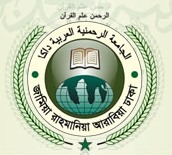
1 6597
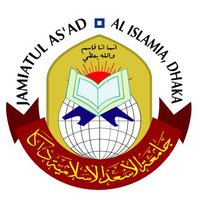
0 5175
0 4771

0 5639

1 178588
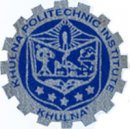
0 5448

0 11505
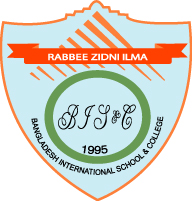
2 6393
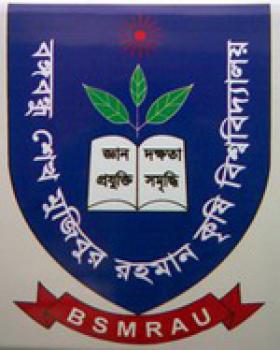
0 5831

0 7343

0 8051
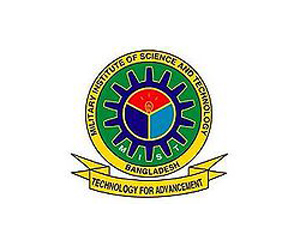
0 6264
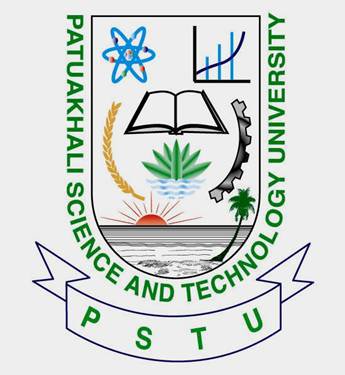
0 5251

0 4099